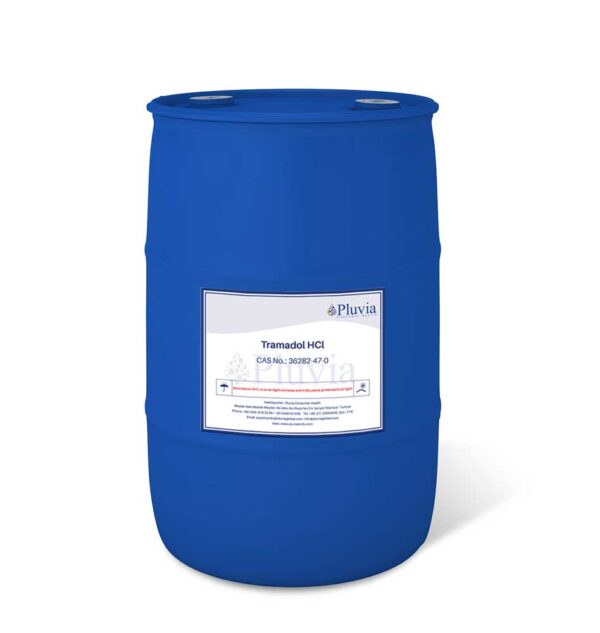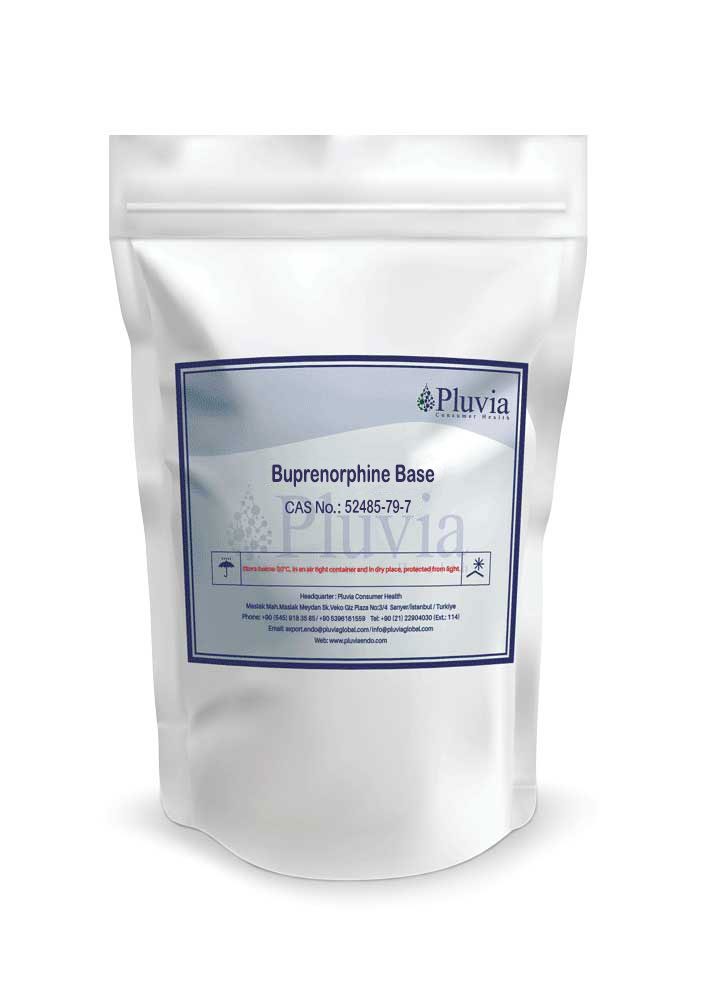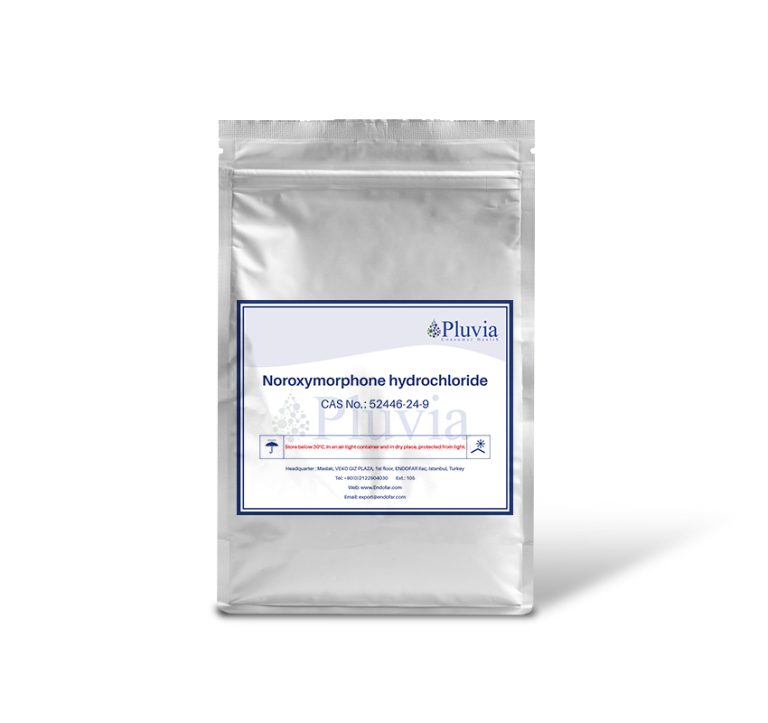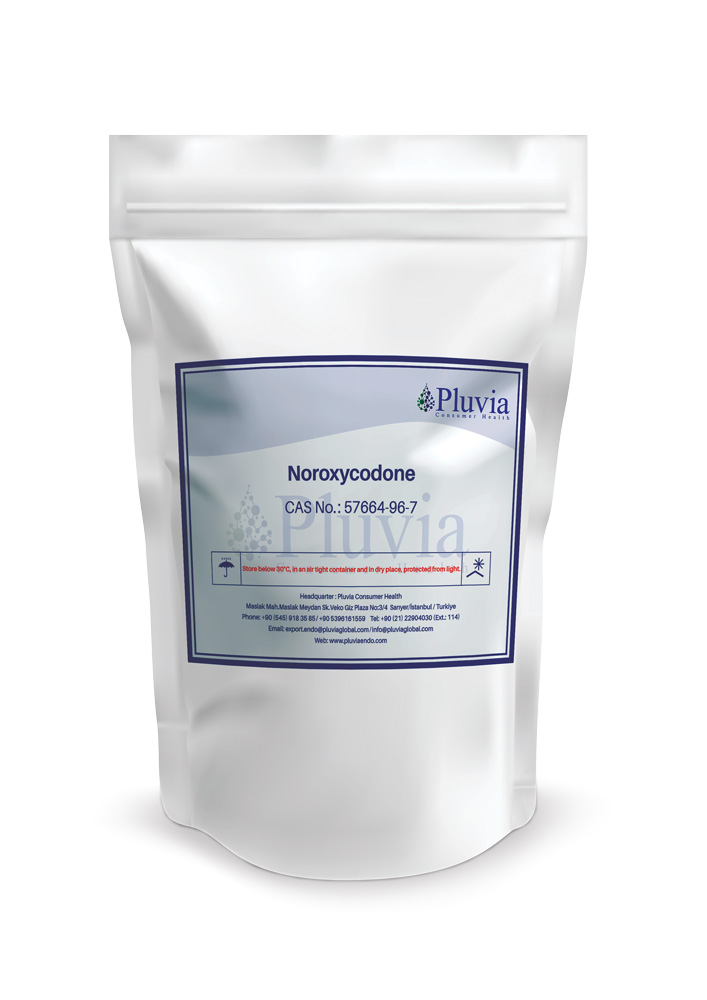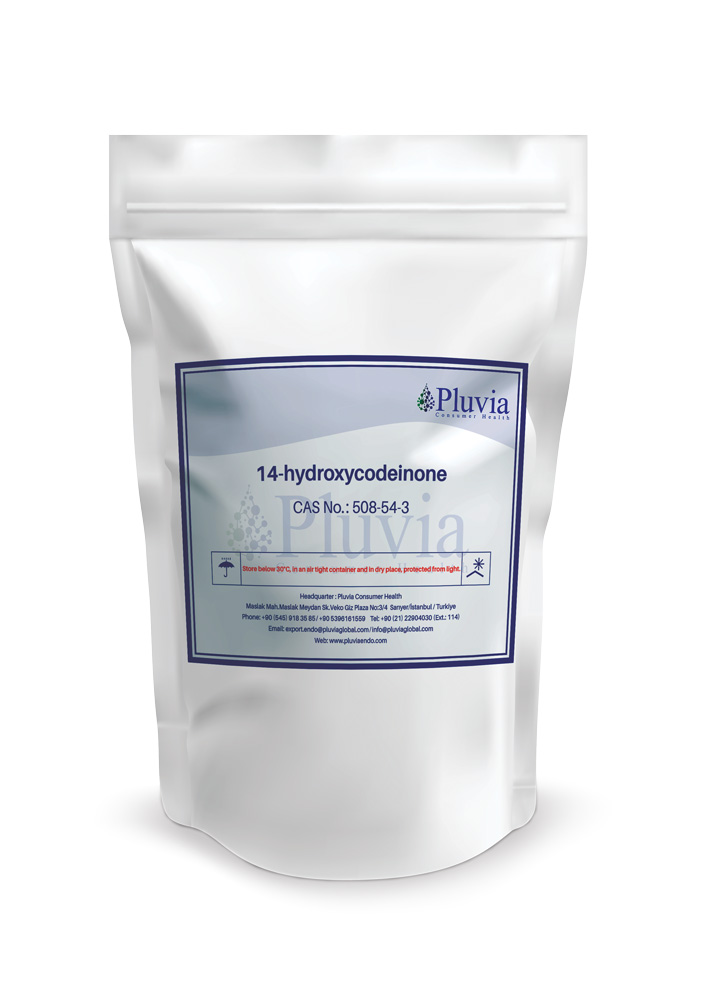Tramadol HCl
Tramadol HCl is a centrally-acting analgesic used for the management of moderate to severe pain. The chemical name for Tramadol HCl is (±)cis-2-[(Dimethylamino)methyl]-1-(3-methoxyphenyl)cyclohexanol hydrochloride. It appears as a white, crystalline, and odorless powder that is readily soluble in water and ethanol, making it suitable for various pharmaceutical formulations.
Molecular Formula: C16H25NO2•HCl
Molecular Weight: 299.84 g/mol
CAS. No: 36282-47-0
Tramadol HCl operates through multiple mechanisms. In addition, it binds to μ-opioid receptors and inhibits the reuptake of norepinephrine and serotonin, contributing to its analgesic effects.
Clinical Pharmacology
The pharmacokinetics of Tramadol HCl reveal:
– Absorption: Tramadol is absorbed orally with an absolute bioavailability of approximately 75%. Peak plasma concentrations are generally reached within two hours after administration.
– Distribution: The volume of distribution is approximately 2.7 L/kg, with about 20% binding to plasma proteins.
– Metabolism: Tramadol undergoes extensive hepatic metabolism via cytochrome P450 enzymes (CYP2D6 and CYP3A4), producing active metabolites contributing to analgesic properties.
– Excretion: The drug and its metabolites are primarily excreted in urine, with a half-life of approximately 6.3 hours for tramadol and 7.4 hours for its active metabolite M1.
Indications of Tramadol HCl
Use Tramadol hydrochloride for:
– Management of moderate to severe pain in adults.
– Pain relief in postoperative settings.
– Chronic pain management as part of a comprehensive treatment plan.
Contraindications
Avoid using Tramadol HCl in patients with:
– Severe respiratory depression or acute asthma.
– Known hypersensitivity to tramadol or any component of the formulation.
– Concurrent use with monoamine oxidase inhibitors (MAOIs) or within 14 days of stopping MAOIs.
Warnings and Precautions
Healthcare providers must closely monitor patients for signs of respiratory depression, especially when initiating therapy or increasing dosages. The potential for dependence and withdrawal symptoms exists; Therefore, healthcare providers should discuss a tapering strategy before starting treatment. Additionally, Caution is essential when administering Tramadol hydrochloride in conjunction with other central nervous system depressants.
Adverse Reactions
Common side effects associated with Tramadol HCl include:
- Nausea
- Dizziness
- Constipation
- Headache
- Somnolence
Serious adverse effects may include seizures, respiratory depression, and serotonin syndrome when used with other serotonergic agents.
Conclusion for Tramadol HCl
Tramadol HCl is an effective API option for managing moderate to severe pain across various patient populations. So, with its unique dual mechanism of action and favorable pharmacokinetic profile, it provides healthcare providers with a valuable tool in pain management. Pluvia Endo, as a pharmaceutical manufacturer, has committed to producing high-quality pharmaceutical products like Tramadol hydrochloride to support healthcare professionals in delivering effective patient care.
We understand the complexities and challenges you face in the healthcare industry. That’s why we’re dedicated to providing innovative solutions and insightful knowledge to help you achieve your goals.
Your input is crucial in helping us understand your needs and deliver the most relevant support:



